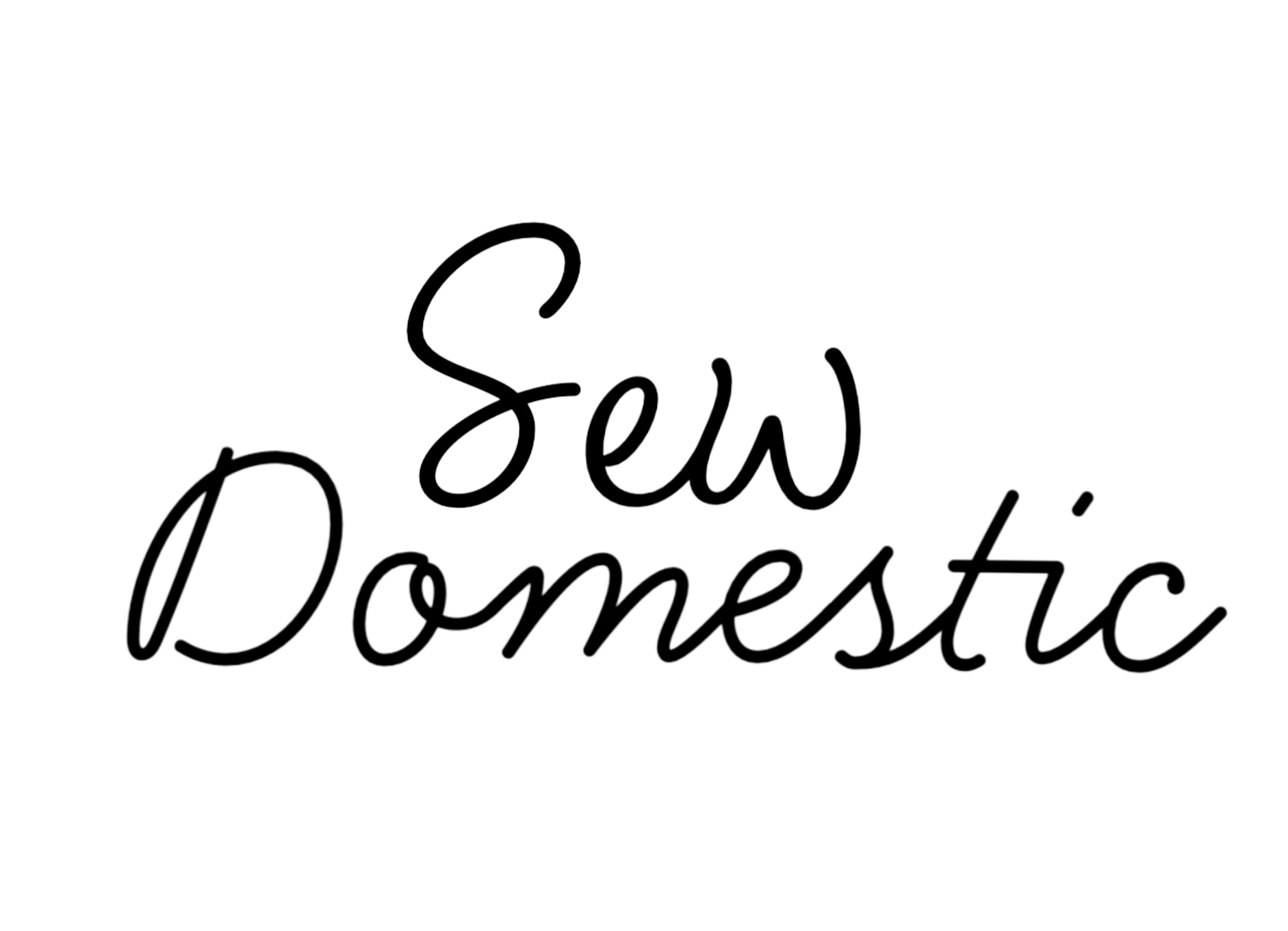The first two words you need to understand when it comes to picking fabric are woven, and knit. The pattern or project you are starting will likely have suggestions for types of fabric you can use, but as long as you make sure you use the right one of these two options you can really explore within the category. At the end of this article I will provide examples of some fabric types and the projects they can be used for.
What you need to know about woven fabric
Woven fabric has a warp and a weft, the warp are long threads vertically fastened to a loom, and the weft are the horizontal threads that traverse the warp to create fabric.
Woven fabric has no stretch Do not attempt to use it for patterns that are designed for knit fabric, because the designs will not go on to a body if they cannot stretch as intended.
When you are cutting woven fabric, it is important to line up the warp with your pattern piece. the edge of the fabric, known as the selvedge, is parallel to the warp and can be used to help place your pattern pieces. Whenever using woven fabric, attempt to keep the warp and weft running vertically and horizontally instead of on an angle.
What you need to know about knit fabric
Instead of a warp and a weft, knit fabric is created through interlocking loops of yarn, formed either by hand or by machine.
Knit fabric has inherent stretch and elasticity, though different fabrics will have different amounts of stretch. There is typically greater stretch horizontally than vertically.
When choosing a knit fabric for your project make sure the fabric’s stretch is compatible with the design you are making, as too much or too little stretch can create wonky pieces. Most patterns will have a percentage of stretch listed with the fabric requirements. Here is how to test your stretch percentage.
Fabric weight
The weight of your fabric is an important factor especially when making clothing. I want you to imagine trying to wear a sun dressmade of the same fabric as your couch, doesn’t sound light and airy does it? Too heavy of a fabric in a knit example might be more like a tank top made out of thick sweatshirt material, what season are you supposed to wear that in?
When purchasing your fabric make sure you unwrap it enough to hold a single layer and imagine your item in the fabric. If you think the feel and weight of the fabric is right, go for it! (Tips on buying fabric online here)
You make the choices here!
Luckily, much of fabric choice is truly up to you! The colors and designs available are endless, and if you can’t find something you like, having your own fabric printed is becoming increasingly accessible to the general public!
As long as you choose correctly between knit and woven, there are no wrong answers to your fabric choice. When you inevitably make something and realize the fabric wasn’t quite right for your project, you’ll have a greater sewing knowledge and be able to make an even better version when you do find the right fabric!
